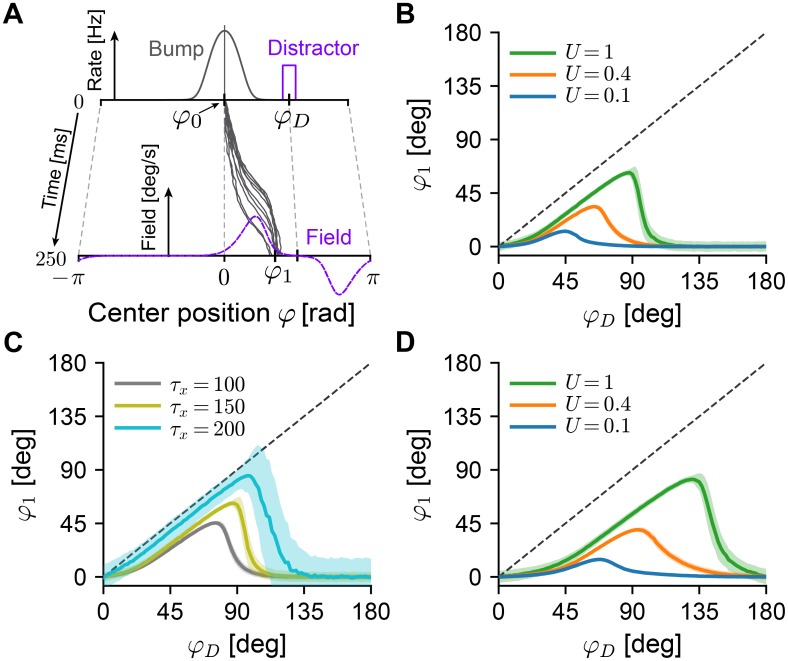Fig 7. Effect of short-term plasticity on distractor inputs.
A While a bump (“Bump”) is centered at an initial angle φ0 (chosen to be 0), additional external input causes neurons centered around the position φD to fire at elevated rates (“Distractor”). The theory predicts the shape and magnitude of the induced drift field (“Field”) and the mean bump center φ1 after 250ms of distractor input. Gray trajectories are example simulations of bump centers of the corresponding Langevin equation Eq (4). B Mean final positions φ1 of bump centers (1000 repetitions, shaded areas show 1 standard deviation) as a function of the distractor input location φD. Increased short-term facilitation (blue: strong facilitation, U = 0.1; orange: intermediate facilitation, U = 0.4; green: no facilitation U = 1) leads to less displacement due to the distractor input. Other STP parameters were kept constant at τu = 650ms, τx = 150ms. C Same as panel B, for three different depression time constants τx, while keeping U = 0.8, τu = 650ms fixed. D Same as panel B, with a broader bump half-width (σg = 0.8rad ≈ 45.8 deg). All other panels use the same bump half-width as in the rest of the study (σg = 0.5rad ≈ 28.7 deg) (see S1 Fig).

